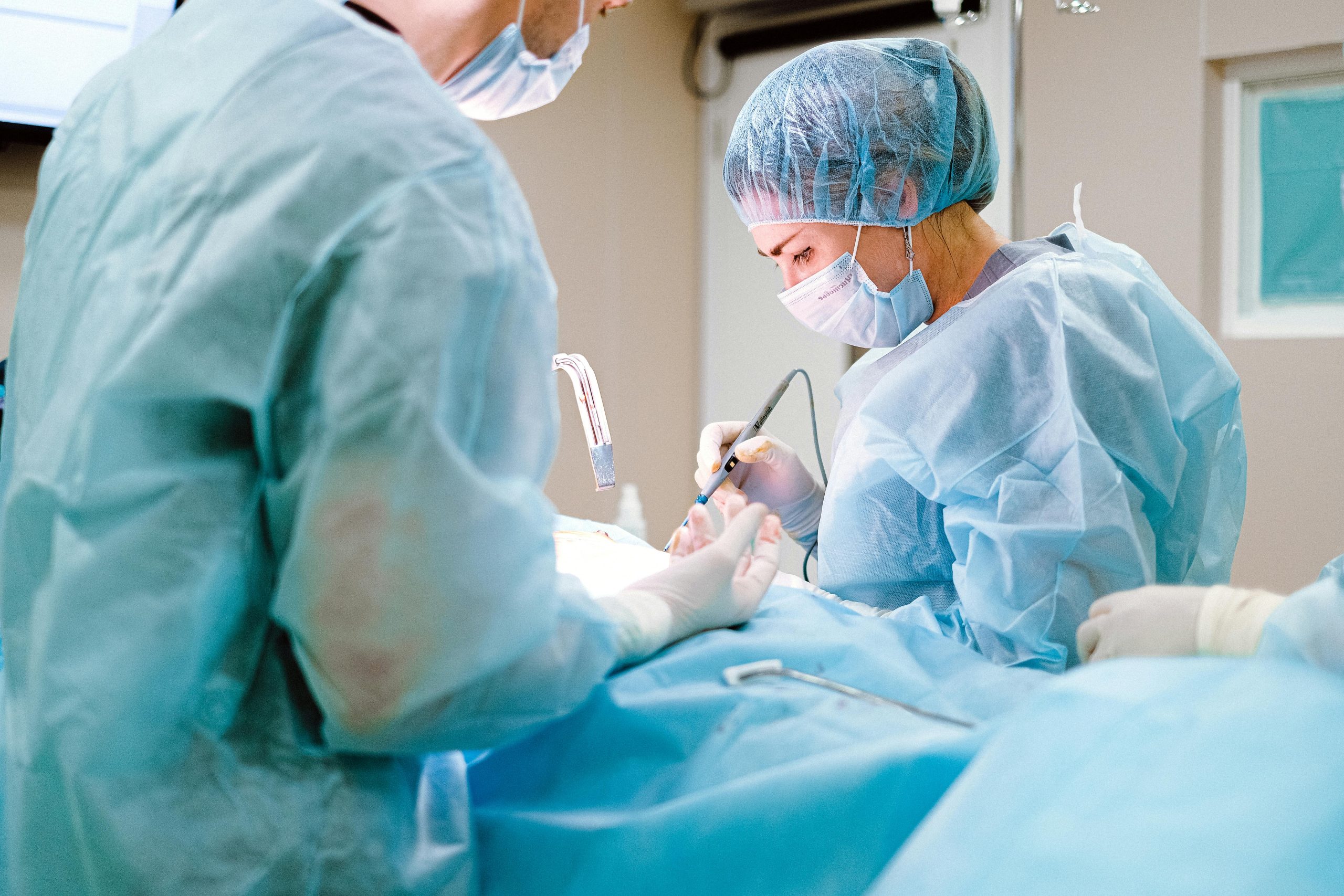
Imaging Technique To Help Surgeons Visualise Neural Blood Flow
Chronic nerve compression neuropathy (CNC) is a condition in which nerves in the body become compressed, potentially causing nerve damage. It usually occurs when nerves are pressed between two structures, like a ligament or bone, and has been associated with disturbances to blood flow in the area of compression. This type of blood flow to the nerve is called neural blood flow. Symptoms of neuropathy include things like weakness and numbness, pain and tingling; although, symptoms can be worse in more severe cases.
One type of compression neuropathy includes carpal tunnel syndrome (CTS). This is when the median nerve in the wrist is compressed and is caused by repetitive hand movements, such as long periods of typing, writing or driving. One way to resolve severe cases of carpal tunnel syndrome is to ease the compression of the nerve by surgery.
A study published in Neurology International by researchers from Osaka Metropolitan University looks at an innovative imaging technique that helps surgeons identify the area of nerve compression in animal models. They then compared this with data from human clinical studies.
Fluorescein angiography and laser Doppler flowmetry
To identify the area of nerve compression in animal models, the researchers were successfully able to visualise the area of the reduction in blood flow to the nerve using Fluorescein angiography (FAG) and laser Doppler flowmetry (LDF). Accurately identifying the site of compression to relieve the pressure is essential for surgical efficiency, helping the doctor judge treatment options.
FAG is a diagnostic technique that is routinely used in the field of ophthalmology to look at blood vessels in the retina. Fluorescein is a dye that is injected into a patient’s arm and then travels to their eyes to allow the doctor to visualise the vessels. LDF is a technique used in research to measure and monitor blood flow, such as in the context of cardiovascular disease or other circulatory disorders.
In surgery for severe chronic nerve compression neuropathy, the surgeon’s experience plays a big role in judging whether the surgical range is appropriate or whether additional treatment is necessary – Kosuke Saito, an author of the study
Assessing blood flow in animal models
In the study, the researchers used a rat model of CNC, involving the compression of the sciatic nerve. They then analysed blood flow using FAG and LDF, using FAG to visualise the blood flow and placing an LDF probe at the site of nerve compression to measure the blood flow. The FAG and LDF data aligned, confirming that the techniques reflected an accurate reduction of blood flow to the nerve.
As the techniques proved successful in reflecting blood flow reduction, they then used a severe CNC rabbit model. Although both are rodents, rabbits are larger and hence have more complex circulatory systems. Nonetheless, they found that FAG and LDF could also accurately demonstrate blood flow reductions in rabbits too.
Lastly, they analysed the compound muscle action potential amplitude (CMAP) in rabbits with severe CNC and compared it with FAG. CMAP amplitude is a measurement that demonstrates the electrical activity of muscle nerves. The researchers were able to confirm that FAG in the rabbits reflected the CMAP amplitude. This confirms that FAG could be a reliable tool to visualise blood pressure reductions and the site of compression.
Analysing data from clinical observations
The study then looked at data from 31 patients with CTS. Here, they analysed the CMAP amplitude from clinical cases of patients with severe CTS and also compared it with FAG. CMAP amplitude is a measurement that demonstrates the electrical activity of muscle nerves. Comparing this with FAG, they found a significant correlation between the two.
These findings aligned with the results seen in the animal models, in that FAG could indeed be a reliable diagnostic tool for visualising blood flow and localising compression sites.
This research has shown that fluorescein angiography can visualize impaired areas and assess the impairment severity, so we believe that it has the potential to contribute to improving accuracy for related surgeries.- Kosuke Saito
Future research on using fluorescein in surgery
As discussed, FAG was able to reflect LDF and CMAP amplitude readings accurately in animal studies. The consistency between the results found in animal studies and human clinical studies confirms that FAG could be an extremely helpful tool for surgeons to use during surgery for different types of CNC.
The authors of the study conclude that carrying out this research on a larger group of people would be the next step in understanding the full potential of FAG and confirming its use in the clinical setting. This innovative technology provides additional hope for those patients that suffer from severe cases of CNC and could drastically improve the efficiency of surgical intervention for the condition.










